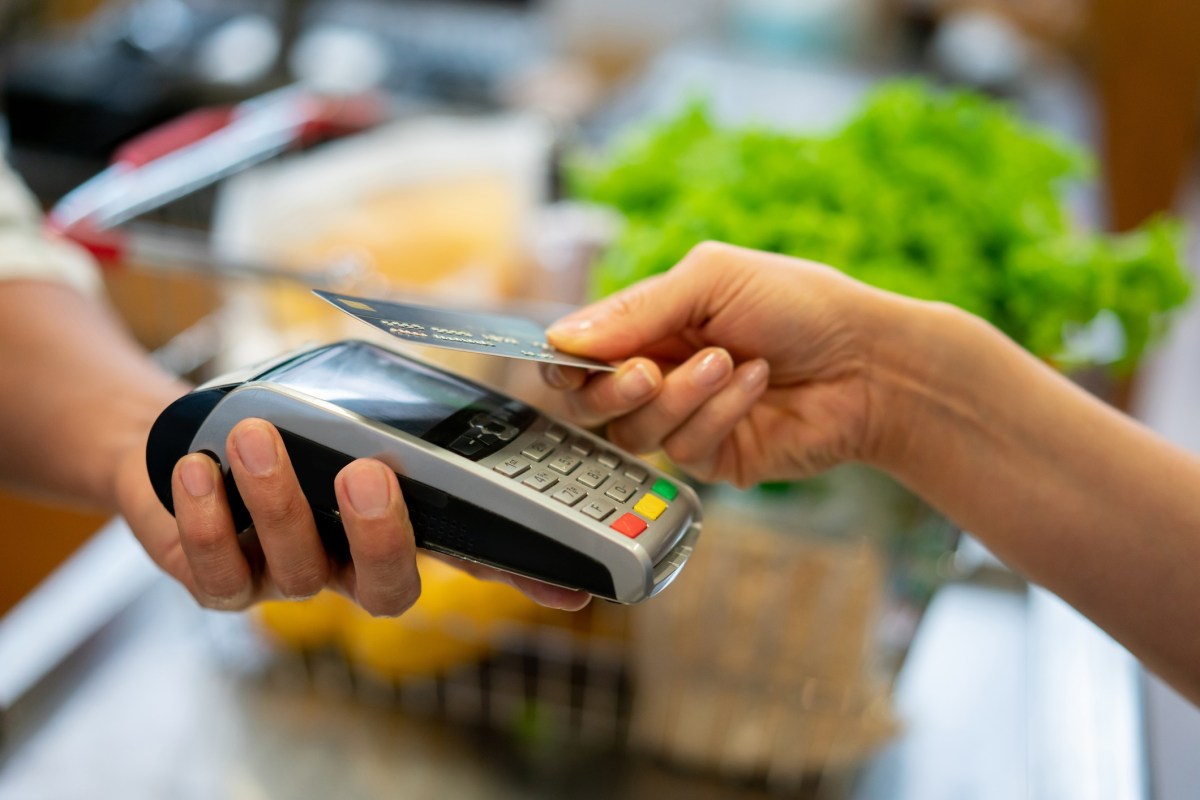A new Mastercard study has revealed that 79% of consumers globally and 91% of Asia Pacific consumers now use tap-and-go payments for everyday purchases due to concerns over cleanliness and safety at the checkout.
Further, contactless payments are up to 10 times faster than other in-person payment methods, enabling customers to get in and out of stores faster. Globally, 46% of survey respondents have swapped their top-of-wallet card for one that offers contactless. In Asia Pacific, 51% of people have made the swap.
The contactless trend appears to be here to stay with 74% of people globally and 75% in Asia Pacific state they will continue to use contactless after the COVID-19 pandemic is over.
Mastercard Asia Pacific executive vice president for products and innovation, Sandeep Malhotra said, “Our survey shows a clear shift to contactless – especially in Asia Pacific – as COVID-19 changes the payments landscape and the way people shop now and, in the future. The fact that three in four people intend to keep using tap-and-go after the pandemic is a strong sign that consumers see the long-term benefits of having a safer, cleaner way to pay, checking out faster and being more socially responsible.”
Mastercard data has also revealed more than 40% growth in contactless transactions globally in the first quarter of 2020 with more than 80% of contactless transactions under US$25, a range typically dominated by cash.
Reinforcing changing behaviors and consumer checkout preferences, Mastercard saw the number of tap-and-go card payments at grocery stores and pharmacies grow twice as fast as non-contactless transactions globally and 2.5 times faster in Asia Pacific.
Just last month, Mastercard announced commitments to increase contactless payment limits in more than 50 countries worldwide in Europe, the Middle East, Africa, Asia Pacific, Canada, Latin America and the Caribbean. Limit increases were part of Mastercard’s global effort to make sure consumers, merchants and small businesses have the resources to pay safely, receive payment and maintain operations during the COVID-19 crisis.

